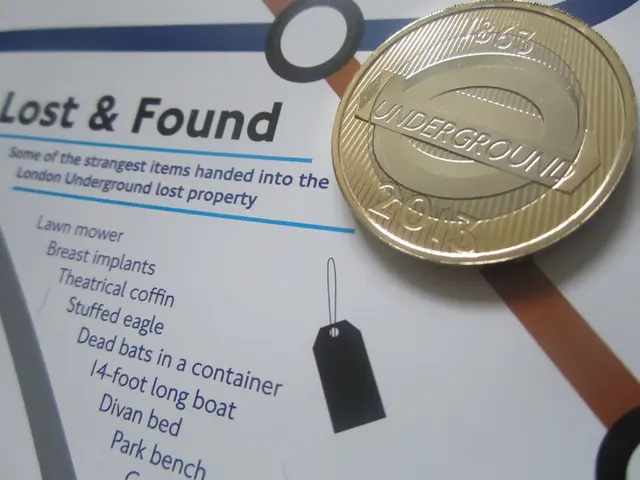Sodium-Powered Fuel Cells Pioneer Electric-Powered Aviation
Electric aircraft to receive energy from fuel cells
In an effort to make electric aviation viable, US researchers have developed a novel fuel cell powered by sodium. This alternative energy source could revolutionize the aviation industry by overcoming the limitations of conventional battery systems, particularly their energy density.
The Energy Dilemma of Electrified Flight
Modern batteries have hindered the dream of electric and eco-friendly flight, falling short in energy density, storing insufficient power per kilogram for prolonged usage, such as in an electric taxi or aircraft. Now, researchers from Massachusetts Institute of Technology (MIT) propose a groundbreaking solution: a laboratory prototype fuel cell that provides triple the energy density of lithium-ion batteries used in nearly all electric vehicles. The scientists detailed their findings in the journal "Joule."
Hybrid Battery-Fuel Cell Design
The unique selling point of the new sodium-air fuel cell lies in its hybrid design, bridging the gap between a battery and a fuel cell. Like a battery, it doesn't need to be charged; instead, it can be refueled with liquid sodium. The air side functions as an oxygen source, and a solid ceramic material acts as an electrolyte, sandwiched between the sodium and air cells. This configuration resulted in an energy density of over 1,000 watt-hours per kilogram in experiments. Lithium-ion batteries maximum at about 300 watt-hours per kilogram - far short of the 1,000 watt-hours per kilogram threshold needed for realistic aviation electrification.
Greenhouse Gas Mitigation
An added environmental benefit comes from the sodium exhaust, which forms sodium oxide when reacted with atmospheric oxygen. If this were emitted during aircraft operation, it would react with CO2, binding the harmful greenhouse gas via a process that creates baking soda. Furthermore, the byproduct of sodium carbonate, when discharged into the sea, could contribute to the neutralization of ocean water, helping mitigate another greenhouse gas-related issue.
Safety Measures and Raw Materials
The fuel cell is also envisioned as relatively safe, as sodium, although extremely reactive, will not ignite when exposed to moisture due to the diluted air supply. Sodium is mainly extracted from salt, making it widely available, abundant, and inexpensive compared to other electric vehicle battery materials.
The researchers aim to develop a full-sized fuel cell brick from the current lab prototype, capable of supplying about 1,000 watt-hours of energy, enough to power a large drone. Upon its completion, the first flying prototype is expected to be unveiled within a year.
The scientists' novel lab prototype of a sodium-powered fuel cell, as detailed in the journal "Joule," could address the energy density issue in modern batteries, apointed as one of the major hindrances to the realization of electric aviation. This hybrid battery-fuel cell design draws from the field of science and technology, offering a community policy-relevant solution to the energy policy-related challenges in the aviation industry.




